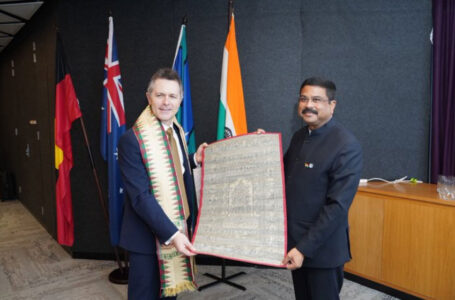How to keep your kids safe from Adult content online

In our increasingly connected world, the internet has become an invaluable resource for education and entertainment alike. However, with accessibility comes exposure, including to adult content that may not be suitable for younger eyes. For Australian-Indian families, this concern is magnified by the cultural nuances and varying degrees of digital literacy within the community.
The Importance of Open Dialogue
One of the first steps in shielding children from inappropriate online material is establishing an open line of communication. Open dialogue is often less common in traditional Indian households, but adopting a more Australian approach to discussing sensitive topics like online safety can make a significant difference. Educate your children about the internet’s pitfalls, so they feel comfortable coming to you with concerns or questions.
Technical Safeguards
Various tools and filters can block or restrict access to adult content. Parental control software is readily available and can be customised according to individual needs. Features can range from setting time limits for online use to filtering content categories. Understanding these technologies is essential for parents, especially for those who may not be digital natives, a group that often includes first-generation Australian-Indians.
Multi-device Safety
Remember that kids can access the internet from various devices, including smartphones, tablets, and even gaming consoles. Ensure that all devices have appropriate safety measures in place. With rising numbers of both Australian and Indian families embracing multiple devices, a blanket approach to online safety is crucial.
Educate and Empower
In the Australian educational system, there is a growing emphasis on cyber-safety as part of the curriculum. However, education should not solely be the school’s responsibility. Parents should reinforce these teachings at home and provide context that aligns with their cultural values. The Indian ethos of imparting knowledge, or “Sanskar,” can be integrated into this learning process to make it more relatable and effective for children.
Community Collaboration
Community engagement can strengthen individual efforts. For instance, workshops focusing on cyber safety could be conducted at local Australian-Indian community centres. A collective approach can provide a robust support network for parents and children alike, promoting safer online experiences within the community.
Navigating the maze of online safety can be daunting for any parent, but the stakes are higher for migrant communities like the Australian-Indians, who must reconcile their native cultural norms with those of their adopted homeland. The strategy must be multi-faceted, involving open communication, technical safeguards, and community engagement. Education is the linchpin, empowering children to be responsible digital citizens while respecting the cultural values that are integral to Australian-Indian identity.
By adopting a comprehensive approach that combines the best of both cultures, Australian-Indian families can create a safer digital environment for their children. This collaborative methodology can serve as a blueprint for other multicultural communities grappling with the complexities of online safety in the modern age.







